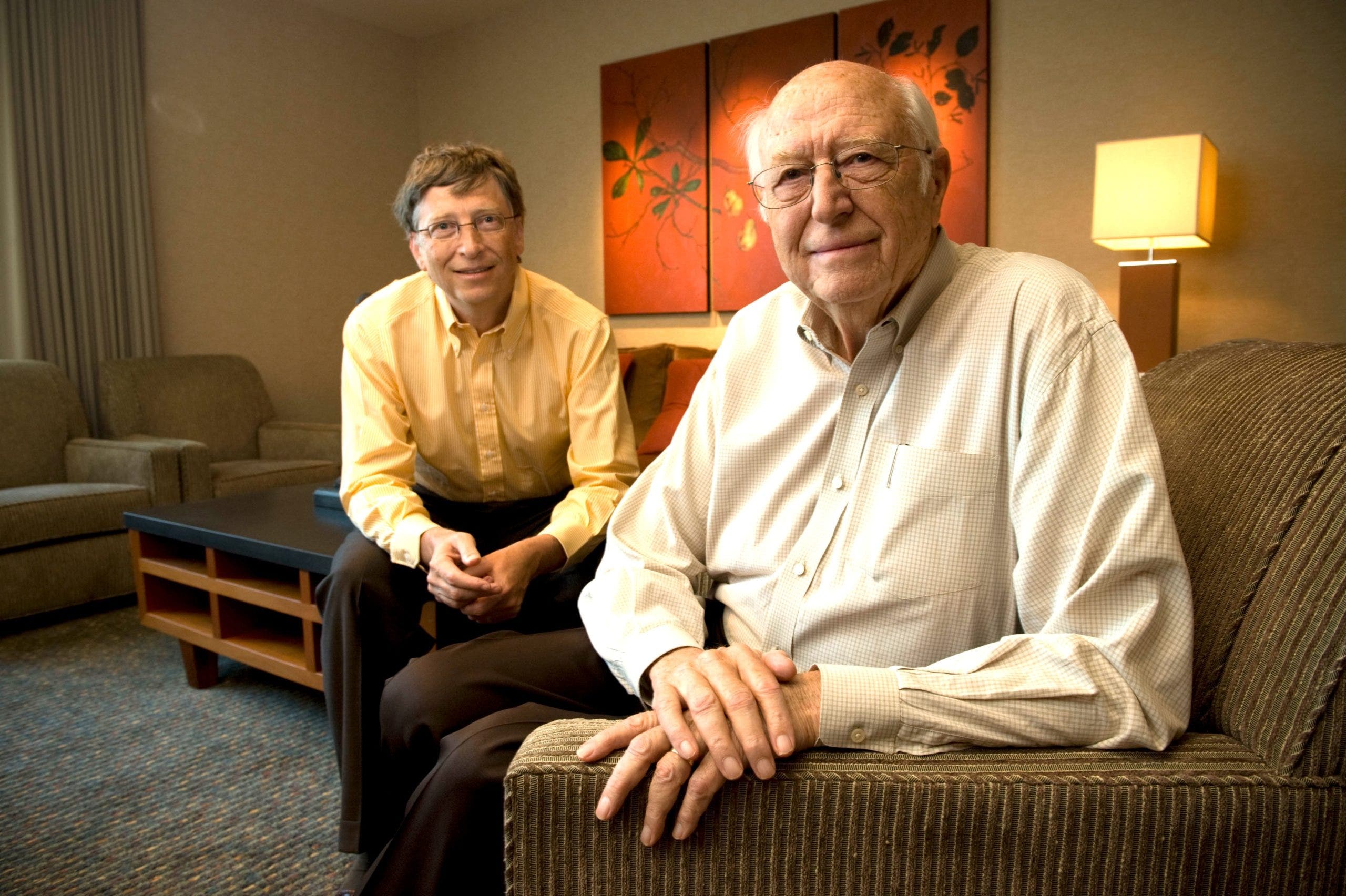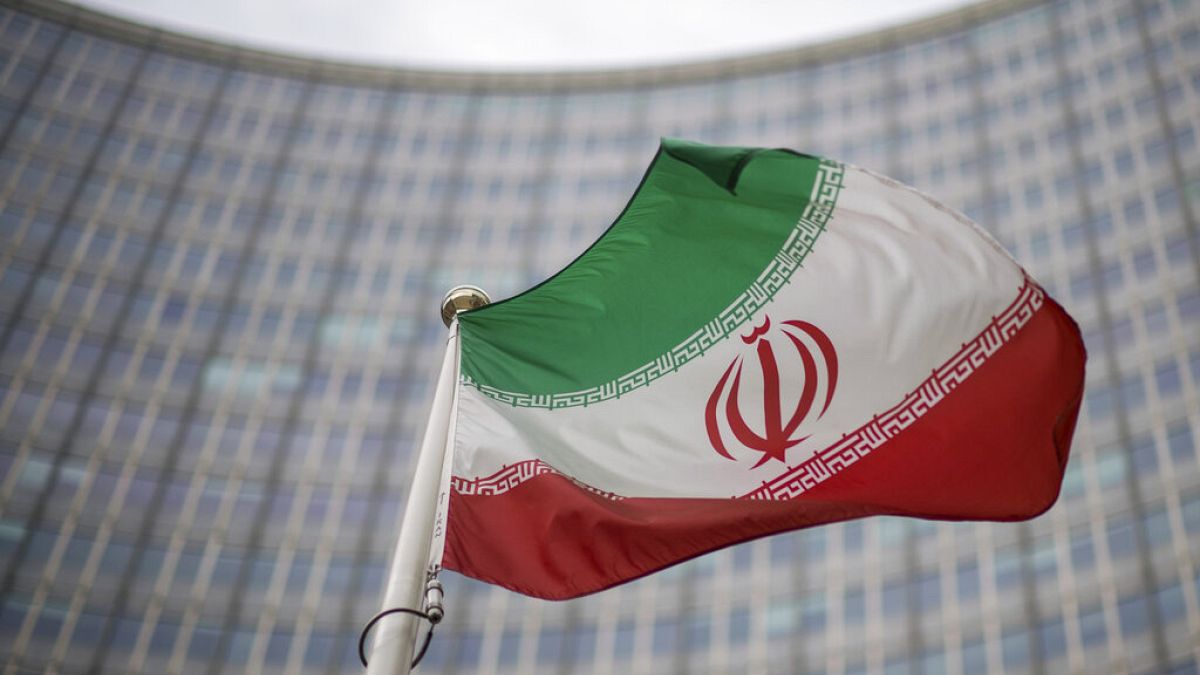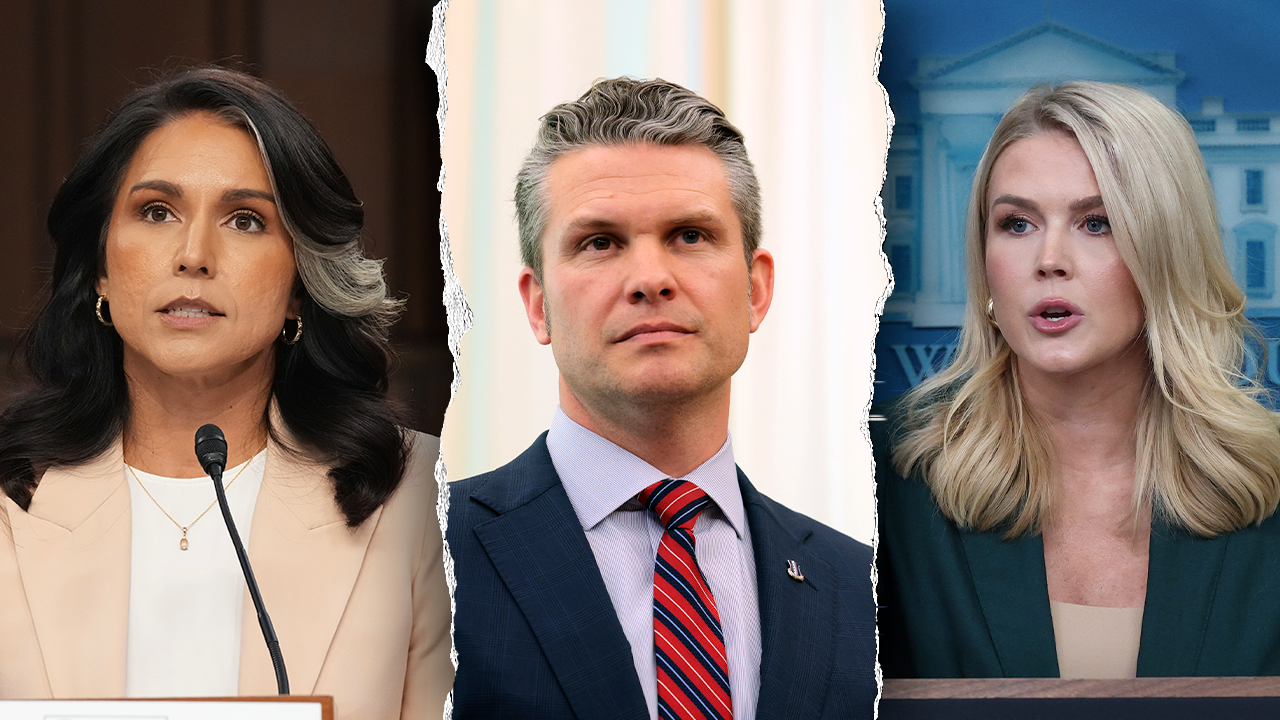A record number of candidates are vying to become Japan’s next prime minister, as the country confronts rising prices, escalating tensions in the Pacific and uncertainties surrounding a possible second Donald Trump presidency in the US.
The contest for the leadership of the Liberal Democratic party — which has ruled Japan for all but a few years of the postwar period — followed incumbent Fumio Kishida’s decision last month to resign after three years as he battled low approval ratings and public dismay over the state of the economy.
The unusually wide-open race kicks off on Thursday with an unprecedented nine candidates and could crown Japan’s youngest-ever prime minister or its first female leader when it concludes on September 27.
The size of the field attests to upheaval within the ruling bloc, analysts said, as the LDP searches for a standard-bearer who can plausibly lead the party into a general election that must be called by the end of October 2025.
“This first round will be the wild west. There are candidates that are running who know they don’t have a shot,” said Tobias Harris, the founder of political risk advisory firm Japan Foresight. “It is also an election where people who have the strongest CVs do not necessarily advance.”
The candidates include the arch-conservative former economic security minister Sanae Takaichi who has cited Margaret Thatcher as a role model; former foreign minister Toshimitsu Motegi who has been dubbed “Japan’s Trump whisperer”; outspoken former defence and foreign minister Taro Kono, who began his current stint as digital minister by declaring a war on floppy discs; and Yoko Kamikawa, the current foreign minister who ordered 16 executions during her time as justice minister.
The early favourites, according to political analysts and media polls, are former defence minister Shigeru Ishiba and Shinjiro Koizumi, the 43-year-old son of one of Japan’s most charismatic but controversial leaders, Junichiro Koizumi, who pushed Post Office privatisation and other reforms in the early 2000s.
The frontrunners face significant resistance: Koizumi because of his inexperience, and Ishiba from political enemies he has accumulated over his long career and repeated attempts to secure the LDP leadership. Senior party figures said Koizumi’s youth could also prove an advantage, as the LDP’s elite saw greater opportunity to influence his administration.
Whoever succeeds Kishida will face a vexing economic backdrop. While Japan is exiting decades of low growth and deflation, price rises combined with a weaker yen have weighed on household finances, while the Bank of Japan’s introductory interest rates rises last month spurred a bout of extreme market volatility.
Tokyo has also taken on a more assertive security role in the Pacific, raising defence spending and deepening co-operation with the US and other regional allies such as South Korea in the face of more hostile Chinese conduct — tensions that could be further inflamed during a second Trump term.
The leadership contest will initially be decided by a combination of LDP parliamentarians and about 1mn rank-and-file party members. If no clear winner emerges, a second round of voting, only by MPs, will choose between the two leading candidates.
At the core of the race is public exhaustion after 12 years of LDP politics, including disappointment with the “Abenomics” reforms of the country’s longest-serving prime minister, Shinzo Abe, according to analysts.
While polls suggest that Japan’s main opposition party, the Constitutional Democratic Party of Japan, poses little electoral threat, people close to the LDP leadership said it was looking for a figure to reinvigorate the party as a force of energy and renewal. “Is there someone in the field who can make people forget their exhaustion with this government?” said Harris of the LDP’s thinking.
The contests will also be particularly unpredictable, political analysts said, because the party’s traditional selection mechanisms — factions controlled by influential supremos — are disintegrating in the wake of a political funding scandal.
The factions were officially disbanded under Kishida in an attempt to publicly atone for revelations of large slush funds. But in doing so the LDP eliminated an organisational force that previously winnowed the field of aspirants.
Without factions marshalling votes, ambitious candidates have been freer than at any time in the past to canvass for parliament members’ endorsements.
“The iron control of the factions is no longer there and so people within the party see this as their big chance,” said Jeff Kingston, a political scientist at Temple University. “Right now in the LDP, if you have ambitions and think you’ve earned it, you throw your hat in the ring.”
Yu Uchiyama, a political scientist at the University of Tokyo, noted that apart from divisions on issues such as the budget deficit or gender equality, none of the leading candidates had put forward a distinctive agenda or ideology, with a narrow range of positions on foreign policy and regional security.
Uchiyama added that the weakened factions were likely to be a temporary phenomenon. He predicted that a second round of voting by MPs would see clusters forming that resembled the old factions.
“Lots of times when the LDP declared the factions were gone, they revived,” said Uchiyama.
Others see the contest as a sign of malaise in Japanese politics as a result of the LDP’s dominant hold on the political landscape.
“As always, the LDP leadership contest is a scam,” said Koichi Nakano, a political scientist and affiliate at the Weatherhead Center for International Affairs at Harvard University. “It is a pretence that Japan gets its leaders through a democratic process, but the reality is that leaders are chosen for the country through a very narrow and tightly controlled system.”

























